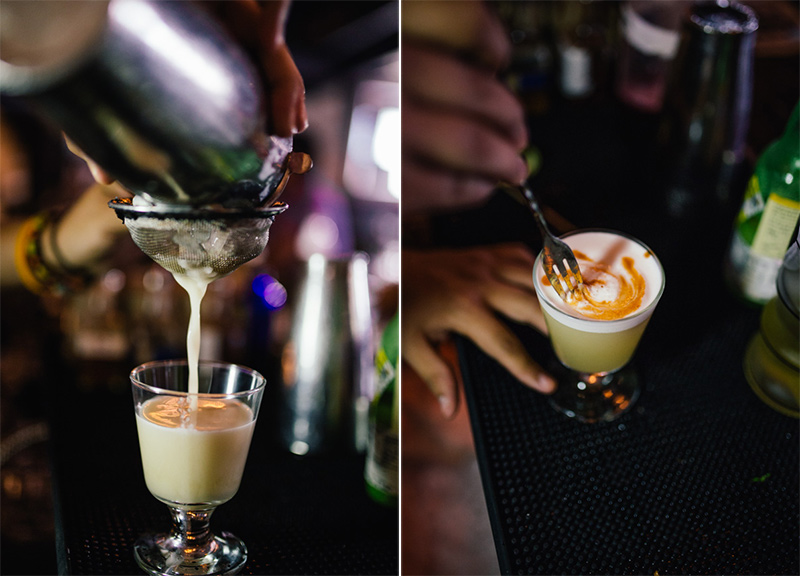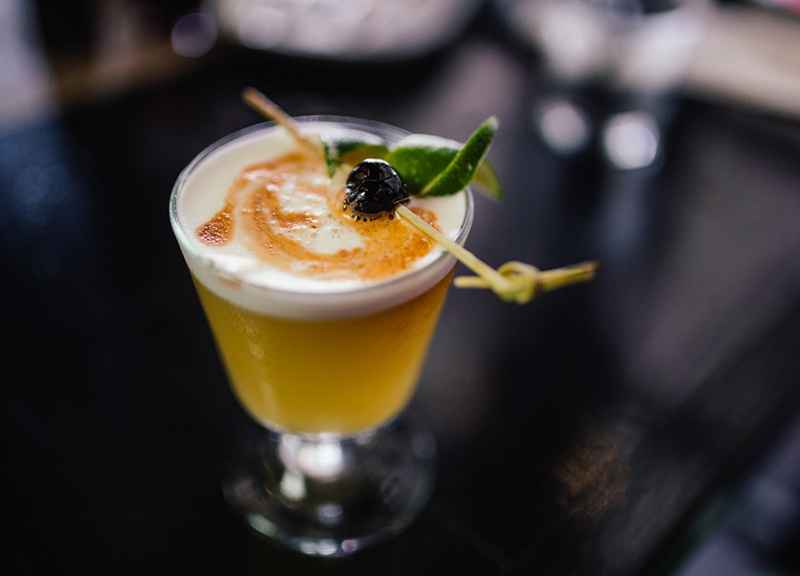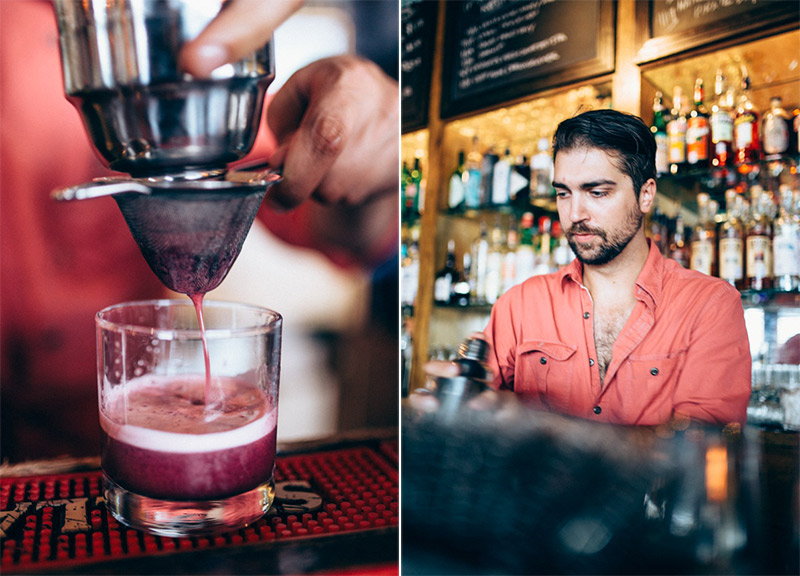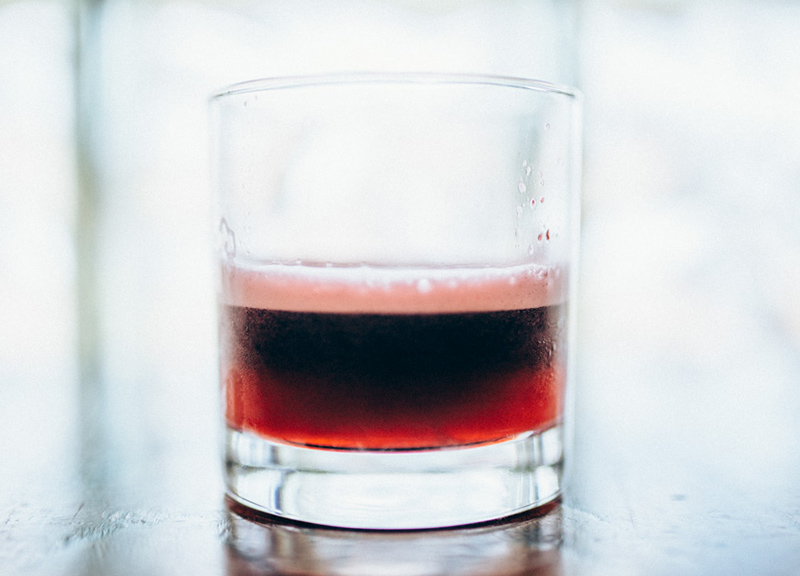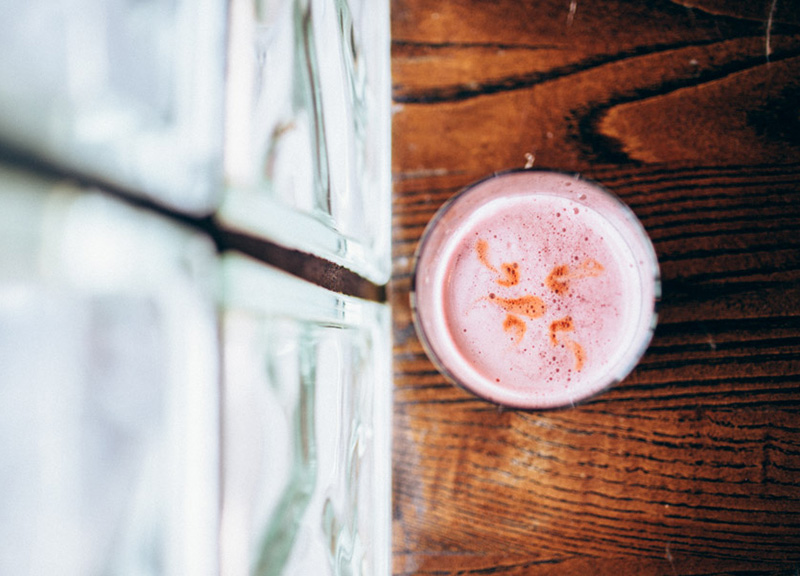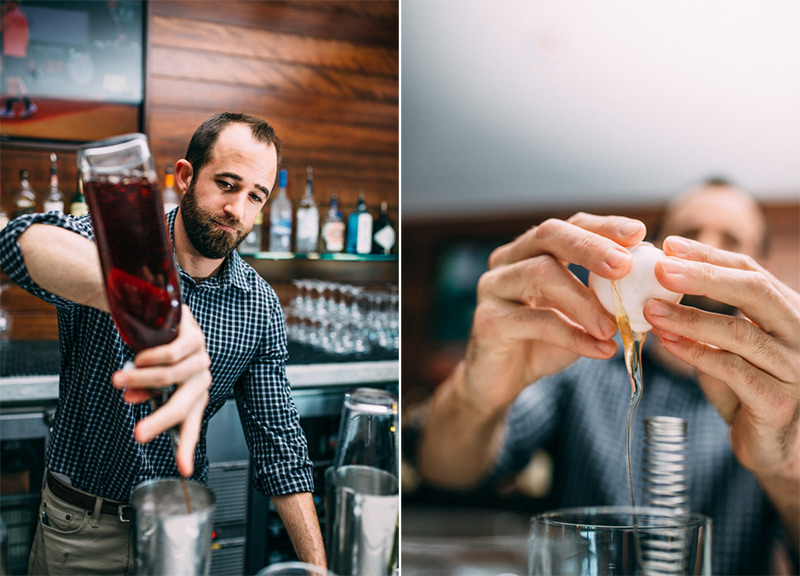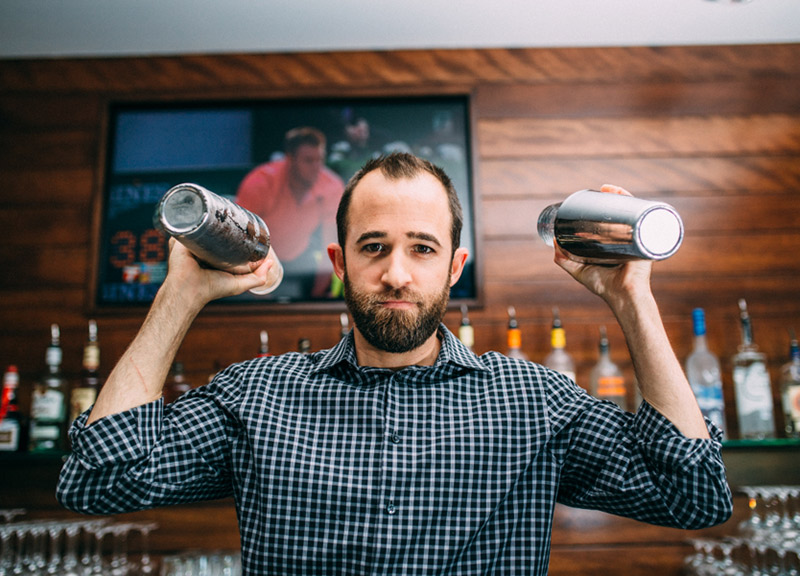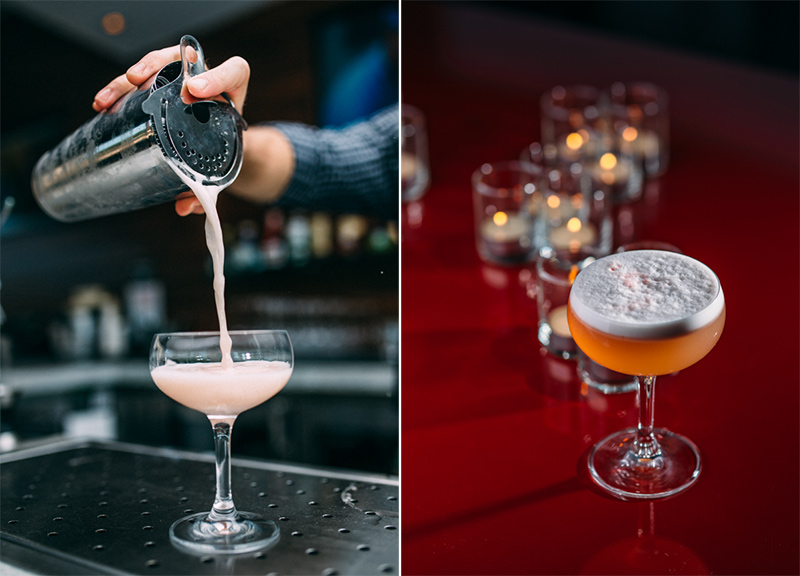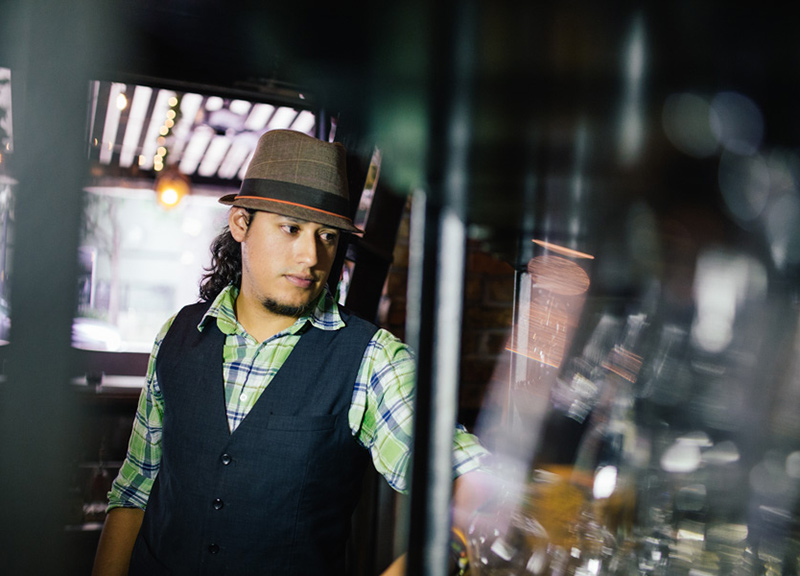Sampling The Pisco Sour Spins At The Standard Pour, The Libertine and DISH.
You're sitting at a bar, looking over the cocktail menu, assaulted with names of spices and bitters and alcohols that you don't even have the slightest goddamn clue about. You glance around woefully at your fellow bar friends, who all seem to be functioning perfectly well in this stressful situation. Panic grips your chest as the bartender saunters over to ask you what you'll be imbibing. Then you remember that article on Central Track that told you about the best cocktails in town and how different spots make them. And you realize that you're good. Because All Mixed Up has your back.
We all have a go-to traditional cocktail.
For most of us, these drinks tend to be of American or European origin, cocktails that make use of the liquors with which we're most familiar — y'know, those brown, barrel-aged ones or maybe one of those virulent, distilled grain liquors.
Those are all fine and good as go-to options, to be sure. But as with our travels, our foods and our pool boys, we all need something a little exotic every once in a while — something to break up the monotony.
Which brings us to the pisco sour.
The pisco sour is a pleasant little cocktail surrounded in contention. For one thing, two countries in South America — Chile and Peru — claim it as their own invention and national cocktail. Even within Peru alone, two different sources claim to have made it first. Here in the States, however, the story goes that it was, in fact, an American bartender named Victor Morris who first made the cocktail while tending a bar in Lima, Peru, during the '20s. But is even that true? A cocktail recipe book published in 1903 and featuring a recipe very similar to a pisco sour under the simple name of “cocktail,” further clouding the drink's origin.
But enough backstory. What's in one of these drinks? Actually, the ingredients that make up a pisco sour are straightforward: lime juice, egg white, simple syrup and pisco (a brandy created from the grapes in the winemaking regions of Chile and Peru), which are all shaken together and served with angostura bitters garnishing the drink's foamy head. The creativity comes in when a bartender attempts to incorporate sweet notes from other fruits.
The flavor profile of a pisco sour isn't very sharp; hints of grape from the brandy mesh with the egg white to cut away any edge the liquor possesses, all the while giving the cocktail an airy texture. This is a drink that can be sipped up just as easily in sweltering heats as in colder climes — and one that opens up some very interesting variation possibilities.
Better still, all those disputed origins aside, Dallas bartenders are doing wonders with the drink's present.
Pisco Sour.
The Standard Pour.
Uptown.
Bartender Christian Armando knows a thing or two about how to make a good pisco sour. He's Peruvian, for one, so he knows all about the drama surrounding the cocktail's history. He keeps a light heart about it, too.
“I'm not going to get into it,” he quips when pressed.
No matter. His history with the drink has allowed him the time to find ways to stretch the recipe and sub ingredients in, all while maintaining the typical notes of the cocktail.
Instead of the traditional lime juice, Armando employs yuzu juice from the Japanese yuzu fruit. It has the acidic notes required by the recipe, but also brings in a bit more depth to the flavor. He also uses chuncho bitters instead of the traditional angostura.
From there, it's a regular pisco sour with pisco and an egg white, all shaken and poured to a foamy head. The new ingredients don't take things too far from the typical refreshing flavor of an original pisco sour — although they do help to set it far apart from the classic to make it stand out from the pack.
Blackberry Pisco Sour. Will Croxville of the Libertine loves unique ingredients. And when mixing his unique spin on a pisco sour, he particularly fixates on black truffle honey syrup, which alongside some sugar and some blackberries, represent his spin on the recipe.
The end result of this pisco sour is something entirely unique. The blackberry notes complement the grape notes of the pisco surprisingly well, and the honey truffle syrup gives the drink even more body. It's a bit heavier than your traditional summer drinks, but the fruity notes definitely make it a worthwhile sojourn this time of year. Plus, there's another benefit of drinking it in the summer, Croxville promises.
“During the summer, my allergies get really bad,” he says. “We use a little bit of Dallas county honey, so it's going to help with your allergies.”
Hey, any reason to justify another round, right? I'll tell that to my doctor
Lavender and Lace. The second DISH, which opened earlier this year in Preston Hollow, boasts many a similarity to the original spot on Cedar Springs: It's a swanky, upscale dining space for what beverage director Travor Landry describes as a more “conservative” clientele. Translation: Most everyone here eats a meal that involves steak, and, more often than not, they want that served with something barrel-aged and on the rocks instead of a cocktail with an ingredients list the length of your arm.
It's Landry's job, he says, to convince them to at least be a little adventurous. In turn, the cocktails at this DISH aims mostly for simple recipe deviations. As a result, his take on the pisco sour — called the Lavender and Lace — sets itself up as a pisco sour meant for the common man. Alongside the basic ingredients, Landry adds a slew of floral liqueurs into his mix, thus mellowing the hearty body of the original into something that's almost dainty by comparison.
“I don't think you can really mess up a pisco sour unless you do something pretty radical with it,” Landry says, rebuking our dainty designation. “If you just do a small spin, it’s still good.”
The Libertine.
Lower Greenville.
DISH.
Preston Hollow.
